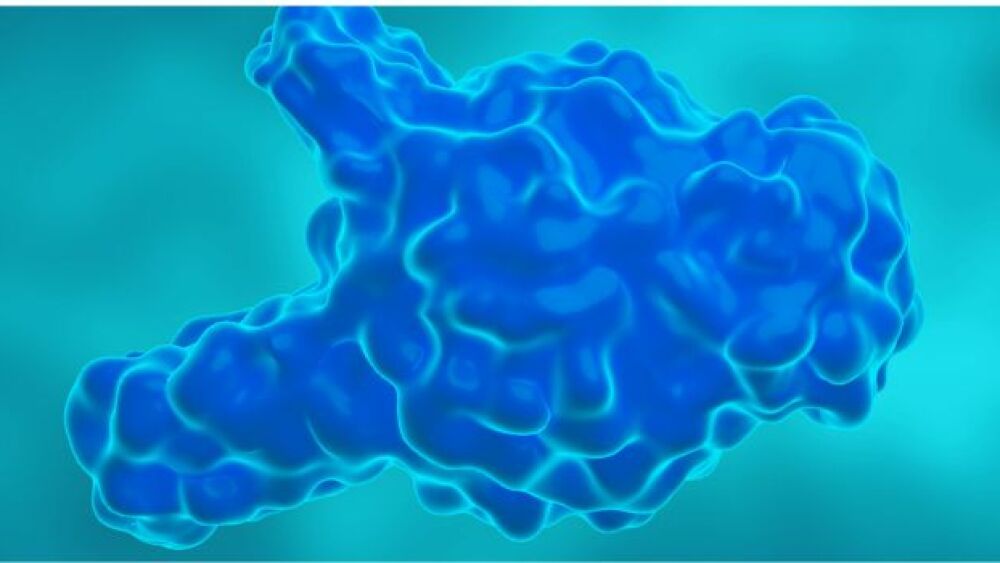Biopharmaceutical companies address H&C challenges by mapping end-to-end workflows and tightly defining success outcomes, finds Frost & Sullivan
|
SANTA CLARA, Calif., Aug. 19, 2019 /PRNewswire/ -- As processes in the upstream pharmaceutical manufacturing workflow change, the consequent variation in cell culture fluid will have significant consequences for downstream purification unit operations. Cell culture fluid harvesting and clarification (H&C) are crucial unit operations that have a significant impact on the design of downstream processes. With the industry moving toward higher titers, the increasing cell densities are creating new opportunities for clarification technologies that can clear large amounts of cell mass and associated debris. There is also a need for an effective strategy to aid in invariant conditioning of harvested fluid across the product candidate modalities. Frost & Sullivan's executive brief, Key Trends Reshaping the Future of Bio-pharmaceutical Harvest & Clarification, offers insights into high-performance technology platforms. It examines the impact of process interdependencies on cell H&C, identifies the process design challenges and the limitations of the current H&C technologies, and recommends new H&C strategies to enable overall process robustness. To download the complimentary executive brief, please visit: www.frost.com/harvestclarification. "The key goal for the process developer is to achieve maximum product recovery and contaminant removal with the fewest number of processing steps," explained Nitin Naik, Life Sciences Global Vice President at Frost & Sullivan. "Currently, manufacturers aim for 10 g/L product titer with cell densities > 20 × 106 cells/mL. However, cell viability at the time of clarification can vary from 80+ % to less than 50% depending on the specific cell culture strategy, resulting in high variability of cell debris and colloid content, thus challenging platform approaches to the H&C part of the process. Commonly used technologies such as multi‐stage depth filtration, tangential flow microfiltration (TFF-MF), and centrifugation followed by depth filtration were retrofitted from legacy industrial applications and have low reproducibility, capacity, and significant product loss." "An effective next-generation H&C approach will utilize an integrated strategy that optimizes the use of current technologies, as well as introduces new clarification principles," noted Alexei Voloshin, Global Application Manager at 3M. "Combination of low cell shear approaches, such as highly porous open depth filters to capture cells without rupture, and advanced chromatographic clarification technologies to capture a wide range of cell debris and key soluble contaminants, enable platform ability through consistent clearance of particles in a very wide size range using multiple orthogonal mechanisms. This enables consistent performance of downstream chromatography capture and polishing train across the product candidate pipeline, decreasing the time-to-clinic and increasing the manufacturing efficiency at commercial scale. The result is lower manufacturing cost with increased process performance and robustness." 3M presents innovative products that combine advanced materials to support H&C strategies. Novel technologies are critical for enhanced H&C since:
About Frost & Sullivan Contact:
SOURCE Frost & Sullivan |




